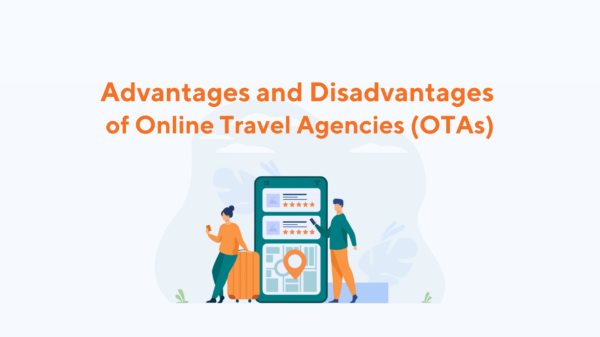

No special tools are required for the engagement phase, however, I do recommend optional profiles for the purposes of properly branding your comments:
- Disqus.com – Disqus is a shared commenting system used by many blogs. It allows you to post your comments to Twitter and share them on Facebook from the same profile. This is nice because you also share the link the site that you are commenting on which provides added value for the site owner. The Disqus system allows you add a profile photo to your account. This profile photo will appear whenever you leave a comment on any site. I recommend that you use a photo of yourself rather than your logo. Ideally, it is a picture of you wearing your logo!
- Gravatar.com – Gravatar stands for “Globally Recognized Avatar” and, like Disqus, is used to associate a profile image with your email address. Gravatar is used on many blog sites to personalize comments left by visitors. The benefit of using a Gravatar is that you can brand your comments as your own. Whenever you post a comment on a site, your Gravatar will be linked to your email address automatically and your Gravatar image will be shown next to your comment. Again, make sure you use a photo of you rather than the logo because this will be much more personal and humanize your comments.
- Create a Profile Page – If you have not already done so, create a page on your website about you. This is not an online resume but rather a place for you to talk a little bit about yourself, what you do, and why you do what you do. When you create your Gravatar and Disqus accounts and when you add comments to other websites, link to this page as your website link instead of linking directly to your business website. This serves two purposes, visitors are much more likely to click on the link if they can see that the page is going to provide more information about you, because people are naturally curious. Secondly, once they are on the site and they have satisfied their curiosity they are more likely to stick around and visit other areas of your site once they have come to know who you are.
A common fear with engagement, especially in the way I have recommended is that the person becomes mixed with the brand and as a result, there is confusion. This is, in my opinion, not a risk if the engagement is well executed. In order to avoid brand confusion, it is imperative that you always associate yourself with your brand when you leave comments or talk about yourself or your business. Most people are very capable of separating the person from the brand if it is distinct. Where it becomes difficult is that if “John” or “Sally” becomes more important than your brand. This will only occur if you are not diligent about making sure that you are always “John/Sally from YourCompany”. Your success in engagement, unlike listening, can be directly measured through your analytics tools. For example your success can be measured by:
- Increased link backs to your site (identified through Google Alerts).
- Click throughs to your specific profile page (another reason to have it) measured through your analytics tools.
- Improved Google search results (not guaranteed but likely depending on the level of engagement).
- Increased mentions of your brand or site on third party sites. This may be in responses to your comments, through others mentioning your comments, or through guest contributions on blogs.
- If you use a referring code that can be tracked through to your sign-up page, you should be able to measure revenue as it relates to engagement. To do this you will need to be able to pass a referral code from your main website through to your sign-up page.
If you are using Google Analytics to measure the traffic on your site (and you should) then you can use them in combination with tools like Social Mention to measure your overall social impact.
You can expect to see results relatively quickly. As you comment on posts using your brand name and url, you should immediately see those comments appear in your alerts. This is a good sign because it means that you are starting to build brand awareness. Although you may not see immediate increases in referral traffic, you should start to see more mentions in Google.





